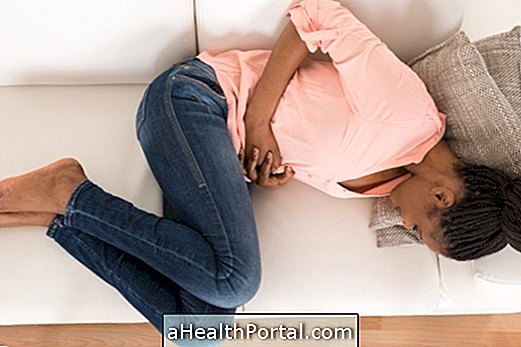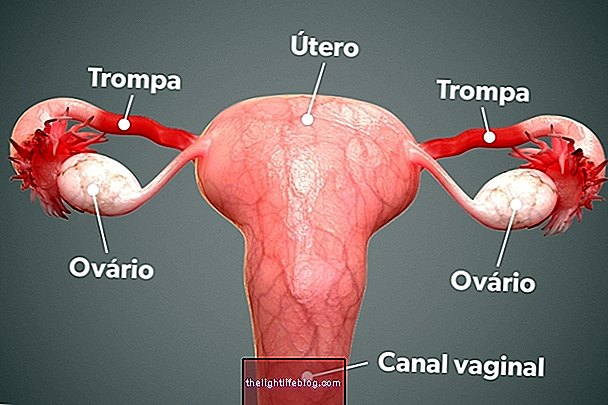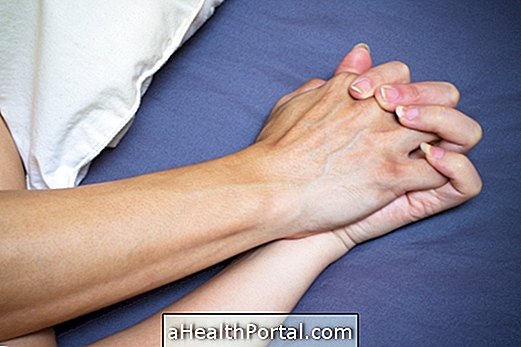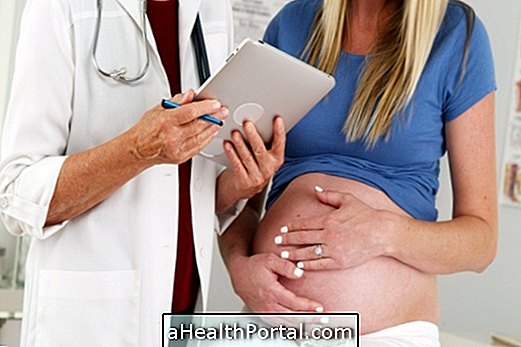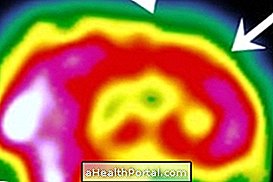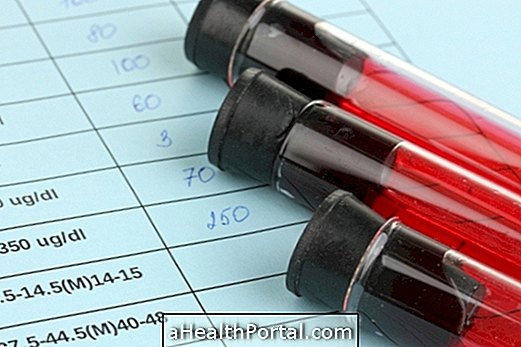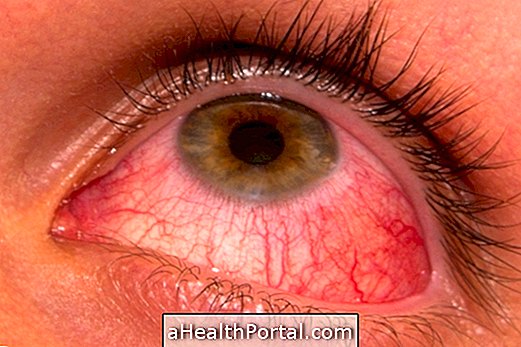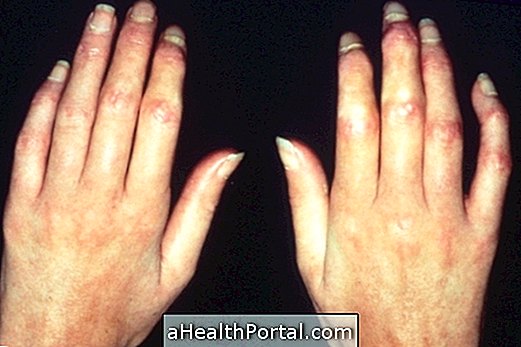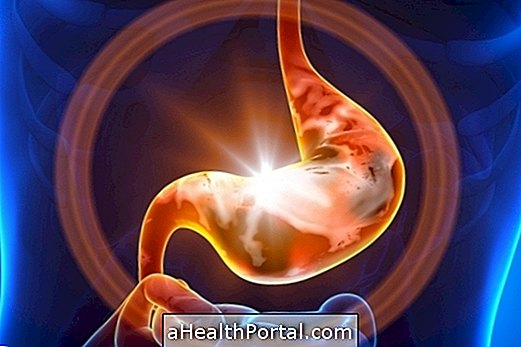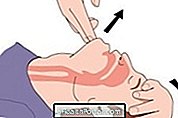Pelvic varices are dilated veins that arise primarily in women, affecting the uterus, but can also affect the fallopian tubes or ovaries. In man, the most common varicose veins appear in the testicles, but this change is usually called varicocele. So, if it's a man, check out the symptoms and treatment for varicocele.
Pelvic varices have no cure, but the symptoms, if any, can be controlled with medications, and in some cases, surgery. In this way, it is very important to consult the gynecologist, in the case of the woman, or the urologist, in the case of the man, to know the best form of treatment.

Possible symptoms
Pelvic varices usually do not cause any type of symptom, however, some women may have:
- Visible varicose veins in the region of the vagina, thighs or buttock;
- Abdominal pain;
- Pain during intimate contact;
- Feeling of weight in the intima;
- Urinary incontinence;
- Increased menses.
Symptoms may improve when the woman is sitting or lying down because blood is easier to return to the heart, however, several women report a pain that is always present.
Usually, the gynecologist diagnoses the pelvic varices through examinations such as ultrasound with Doppler, abdominal or pelvic tomography and angioresonance, for example.
Are pelvic varices dangerous?
Pelvic varices are usually not dangerous, however, there is a very reduced risk of clot formation in the interior of these veins, which can be transported to the lung and cause a pulmonary embolism, a rather serious situation that should be treated as soon as possible at the hospital. Check for signs that may indicate a pulmonary embolism.
What causes pelvic varices
Varicose veins in the pelvic region may arise only from genetic factors, however, they are more common after pregnancy because the body needs to dilate the veins in that region to carry all the blood needed for pregnancy. In addition, the hormones produced during pregnancy also dilate all the veins of the woman's body.
Depending on the age of the woman, the risk of having pelvic varices may vary, as in older women, the walls of the veins are more fragile and less elastic, having more difficulty to return to what they were previously.
Is it possible to get pregnant with pelvic varices?
A woman with pelvic varicose veins usually has no problem getting pregnant. However, during pregnancy it is possible that the symptoms appear or become more intense, due to the increase of dilation caused by the hormones of the pregnancy.
How is the treatment done?
Treatment for pelvic varices is usually done when some type of symptom develops and is started with the use of oral remedies such as medroxyprogesterone acetate, which help decrease the dilation of the veins.
In addition, if the symptoms do not improve or are very intense, there is still the possibility of embolization of the veins, which is a procedure that involves inserting a very thin catheter through the vein to the site of the varix, where it is then released a substance that decreases the varix and increases the strength of the vein wall. Understand better how this technique is done.
As women with pelvic varices are at greater risk of developing varicose veins elsewhere in the body, such as the legs, the doctor may also recommend using elastic stockings, for example.

